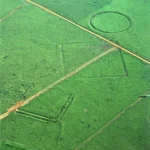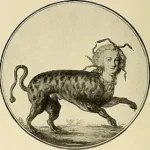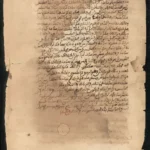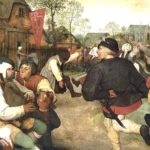
Pregnant Viking Warrior Discovery Shatters Ancient Gender Myths
Pregnant Viking Warrior Discovery Shatters Ancient Gender Myths
In a discovery that challenges everything we thought we knew about Viking society, archaeologists have uncovered the grave of a Viking warrior — who was not only female but also pregnant at the time of burial. This extraordinary finding redefines ancient gender roles and opens new doors to understanding Norse culture and history.
The Discovery That Changed History
For over a century, Viking warrior graves with weapons and armor were assumed to belong to men. One particular burial, found over 100 years ago in Birka, Sweden, was long classified as a male warrior’s resting place due to the rich array of weapons and horse gear found alongside. However, recent DNA analysis conducted in 2017 revealed the skeleton was biologically female — and that she was pregnant when buried.
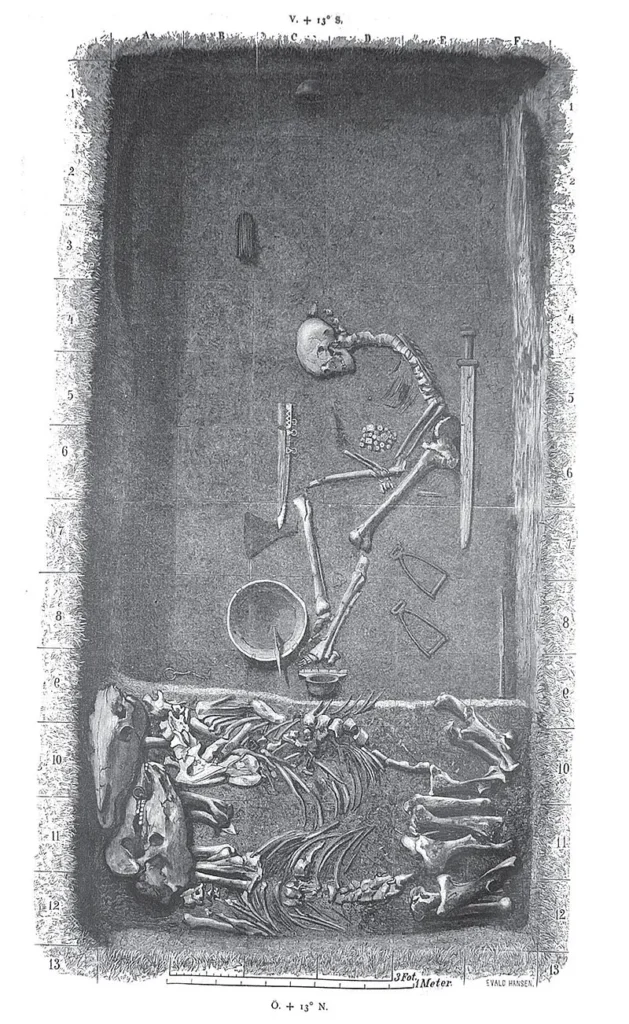
This revelation upended traditional views about Vikings, suggesting women could hold powerful roles as warriors — not just in legend but in reality. The grave included a full set of weapons: a sword, axe, spear, and arrows — items only thought to belong to male fighters before.
Vikings and Gender Roles
Norse sagas sometimes hint at shieldmaidens, female warriors who fought alongside men, but historians long debated whether these were myths or fact. This grave provides some of the strongest physical evidence to date supporting the existence of female warriors.
Moreover, the pregnancy indicates this woman was more than a warrior — she was also a life-bearer, a dual role rarely acknowledged in historical narratives. The implications raise fascinating questions about the social and cultural fabric of Viking communities.
Theories and Speculations
Scholars theorize that Viking society might have been more flexible in gender roles than previously assumed. Some suggest this woman may have been a noble or leader, given the wealth of grave goods, entrusted to protect her people. Others propose she could have been a symbol or ritual figure.
The fact that she was pregnant challenges modern stereotypes and provokes debates about women’s roles in warfare, both ancient and modern.
Sources and Credibility
This story has been widely reported in credible archaeology and history sources, including Ancient Origins and Smithsonian Magazine, confirming the authenticity of the find. On Reddit, the post discussing this discovery sparked vibrant discussions, reflecting public fascination and debate over Viking myths and historical truths.

